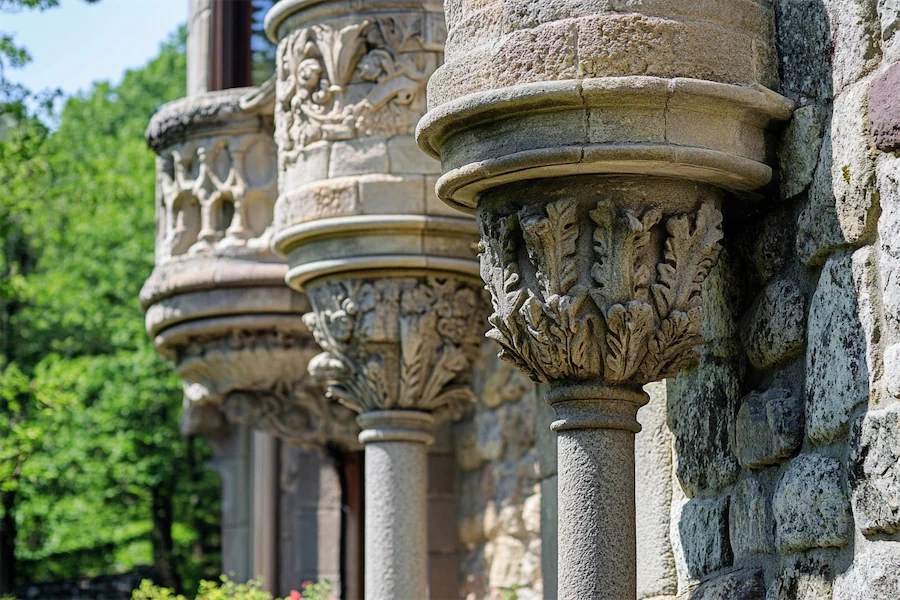Castle-style columns are integral architectural elements that have evolved over centuries, reflecting the functional and aesthetic demands of their respective eras. From the robust supports of medieval fortifications to the ornate pillars of Renaissance residences, these columns have played a pivotal role in defining the character and grandeur of castles.
Introduction to Castle-Style Columns
In castle architecture, columns serve both structural and decorative purposes. They support arches, vaults, and roofs, while also contributing to the visual rhythm and elegance of the interiors and exteriors. The design and detailing of these columns often indicate the period and architectural style of the castle.
Historical Evolution of Castle-Style Columns
Medieval Period
During the medieval era, castles were primarily military structures focused on defense. Columns in this period were massive and sturdy, designed to bear heavy loads and withstand attacks. They were often simple in design, reflecting the utilitarian needs of the time.
Gothic Era
The Gothic period introduced more slender and taller columns, allowing for higher ceilings and larger windows. These columns often featured intricate carvings and were designed to create an impression of height and grandeur. The use of clustered columns, where several shafts were bundled together, became a hallmark of Gothic architecture.
Renaissance Period
The Renaissance brought a revival of classical architecture, and columns became more decorative, incorporating elements like fluting and ornate capitals. This period saw the introduction of classical orders—Doric, Ionic, and Corinthian—into castle design, adding elegance and symmetry to the structures.
Key Features of Castle-Style Columns
- Materials: Stone was the predominant material used for columns in castles, providing the necessary strength and durability. In later periods, brick and marble were also employed, especially for decorative columns.
- Design: Early columns were plain and functional, but over time, they evolved to include decorative elements such as carvings, fluting, and elaborate capitals. The design often reflected the prevailing architectural style and the status of the castle’s inhabitants.
- Functionality: Beyond supporting structural elements, columns were used to define spaces within large halls, support galleries, and enhance the aesthetic appeal of courtyards and entrances.
Applications of Castle-Style Columns
- Great Halls: Columns were used to support the roofs of expansive great halls, allowing for large, open spaces used for gatherings and ceremonies.
- Courtyards and Cloisters: In castles with monastic influences, columns lined cloisters and courtyards, creating covered walkways and adding to the serene ambiance.
- Entrances and Facades: Decorative columns flanked grand entrances and adorned facades, showcasing the wealth and power of the castle’s owners.
Considerations When Incorporating Castle-Style Columns
When designing or restoring castle-style columns, it’s essential to consider:
- Historical Accuracy: Ensuring that the column design aligns with the architectural period of the castle is crucial for authenticity.
- Material Selection: Choosing materials that match or complement the original construction helps maintain structural integrity and aesthetic coherence.
- Structural Requirements: Understanding the load-bearing needs and environmental factors is vital to ensure the columns fulfill their functional roles effectively.
Conclusion
Castle-style columns are more than mere structural supports; they are embodiments of the architectural evolution and cultural significance of castles throughout history. From the formidable pillars of medieval fortresses to the refined columns of Renaissance palaces, they continue to inspire and inform contemporary designs, preserving the legacy of these monumental structures.
